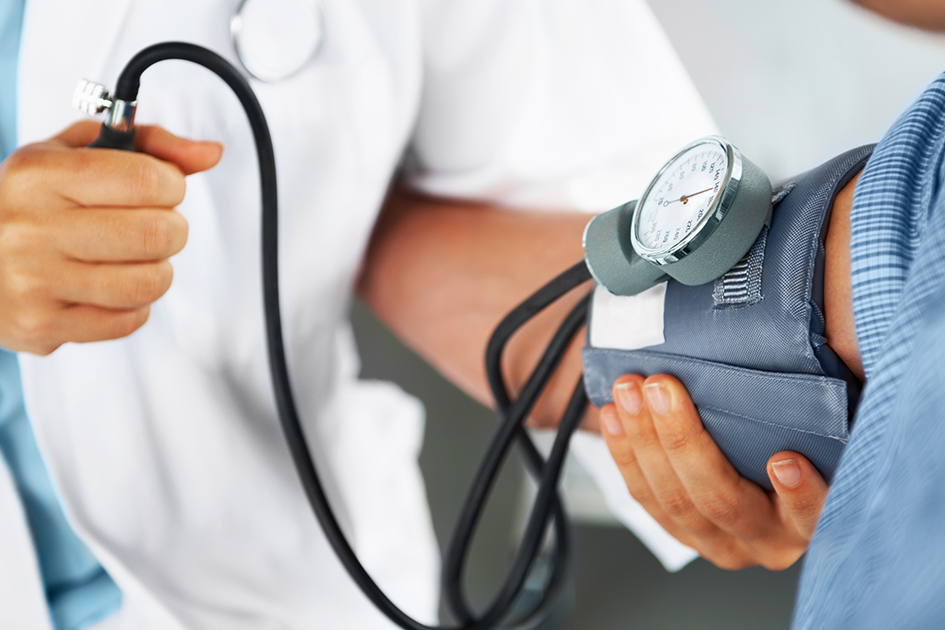Cardiac Catheterization
Cardiac catheterization is often used to treat congenital heart defects as primary therapy or for those whom open-heart surgery may be considered risky. It can be performed on babies immediately after birth when necessary.
What is cardiac catheterization?
Cardiac catheterization is a procedure used to diagnose and treat certain cardiovascular conditions. During a cardiac catheterization, a long, thin tube, known as a catheter, is inserted in an artery or vein (likely in the groin area, but may be inserted in another area of the leg, neck, or arm) and threaded through the blood vessels to the patient’s heart. Using this catheter, doctors can obtain information about the structure and function of the heart and blood vessels.
Why is cardiac catheterization performed?
Cardiac catheterization can be used to measure blood pressure and oxygen in the aorta and pulmonary artery as well as the four chambers of the heart and to provide information about the structure and function of the heart and blood vessels. Cardiac catheterization is also used in heart disease interventions.
Cardiac catheterization can help your doctor:
- Conduct an electrophysiology study (EPS), which identifies the site of an arrhythmia's origin within the heart tissue, and then perform radiofrequency or cryoablation procedures to eliminate the abnormal pathway (in many cases this procedure can eliminate the arrhythmia permanently)
- Obtain cardiac tissue samples for biopsy
- Open the atrial septum (make an existing hole larger) to relieve obstructed blood flow and allow improved mixing of oxygenated and deoxygenated blood in certain types of congenital heart defects that cause an infant to become cyanotic (blue skin due to insufficient oxygen in the blood)
- Perform valvuloplasties or angioplasties by placing and inflating balloons in obstructed valves or vessels
- Place devices that close holes inside the heart (such as with atrial septal defect (ASD)) or intentionally block blood flow in a blood vessel (such as with collateral vessels or patent ductus arteriosus (PDA))
- Place metal devices, known as stents, in narrowed blood vessels to keep them open
What can I expect during a cardiac catheterization?
A specially trained cardiologist performs cardiac catheterizations. Some catheterizations are performed on an outpatient basis (the patient arrives in the morning for the procedure and may be able to go home in the afternoon or evening). Your cardiologist will tell you whether an outpatient procedure is appropriate and give details on how to prepare for a cardiac catheterization.
On the day of the procedure, you will arrive to the holding area prior to the procedure. In this area, the patient will be seen by multiple providers (to include anesthesia and catheterization teams) to be sure it is safe to proceed with the catheterization. As the guardian, the risks and benefits of the procedure will be explained to you and signed consent will be needed. Then, the patient will be taken back with the anesthesia team to the cardiac catheterization lab.
The patient will undergo the following procedure:
- Step 1: The anesthesiologist will administer inhaled gases through a breathing tube that will put the patient to sleep, and IVs will be placed to administer medications and fluids. The patient will be completely asleep during the entire procedure.
- Step 2: The patient receives an injection of local anesthetic in the spot where the catheter will be inserted. Then, a thin, flexible tube (catheter) is inserted into a blood vessel, most often in the groin area (upper part of the leg).
- Step 3: The cardiologist uses X-rays, known as fluoroscopy, to help visualize the movement of the catheter as it makes its way up the vein and/or artery toward the heart. Both the right and left sides of the heart may be entered as well as the arteries leading to the lungs.
- Step 4: While inside the heart, several steps occur to help evaluate the heart structures and the pattern of blood flow:
- A contrast fluid is injected into the catheter and, as it flows inside the heart, X-ray films are made of the path the fluid takes throughout the heart, checking blood flow and for any blockage.
- Blood pressure measurements are taken.
- Blood samples are drawn from a number of vessels and heart chambers, which will allow for calculation of heart function and flow characteristics.
Once the procedure is complete, all the catheters will be removed and a pressure bandage will be placed at the site. Most often, the breathing tube (if required) will be removed by anesthesia prior to the patient returning to the recovery area. The doctor performing the procedure will meet with you and explain the results; however, the doctor will not have the full plan for the patient until the data is discussed amongst the patient's care team members.
The patient will remain in the recovery area until fully awake from the procedure and no bleeding is observed at the site. Typically, patients are discharged and can go home the same day, but occasionally may stay overnight in the Cardiac Care Unit. You will receive written instructions regarding activity restrictions, care of the catheterization site, bathing, and any new medications that may need to be taken at home. Depending on the results of the cardiac catheterization test, additional tests or procedures may be scheduled to gather further diagnostic information.
Care Team Approach
Patients are cared for by a dedicated multidisciplinary care team, meaning the patient will benefit from the expertise of multiple specialists across a variety of disciplines. Our board-certified and fellowship-trained heart surgeons have extensive experience treating patients with heart disease and vascular disorders and work alongside a team of cardiac experts, including cardiologists, interventional cardiologists, electrophysiologists, critical care specialists, hospitalists, anesthesiologists, perfusionists, nurses, advanced practice providers, social workers, psychologists, child life specialists, dietitians, physical and occupational therapists, pharmacists, and more, providing unparalleled care for patients every step of the way. We collaborate with our colleagues at the Dell Medical School and The University of Texas at Austin to utilize the latest research, diagnostic, and treatment techniques, allowing us to identify new therapies to improve treatment outcomes. We are committed to communicating and coordinating the patient’s care with referring physicians and other partners in the community to ensure that we are providing comprehensive, whole-person care.
Learn More About Your Care Team

Institute for Cardiovascular Health
Ascension Seton Medical Center - Main
1201 W. 38th St., Austin, TX 78705
1-512-324-3028
Get Directions

Texas Center for Pediatric and Congenital Heart Disease
Dell Children's Specialty Pavilion
4910 Mueller Blvd., Austin, Texas 78723
1-855-324-0091
Get Directions